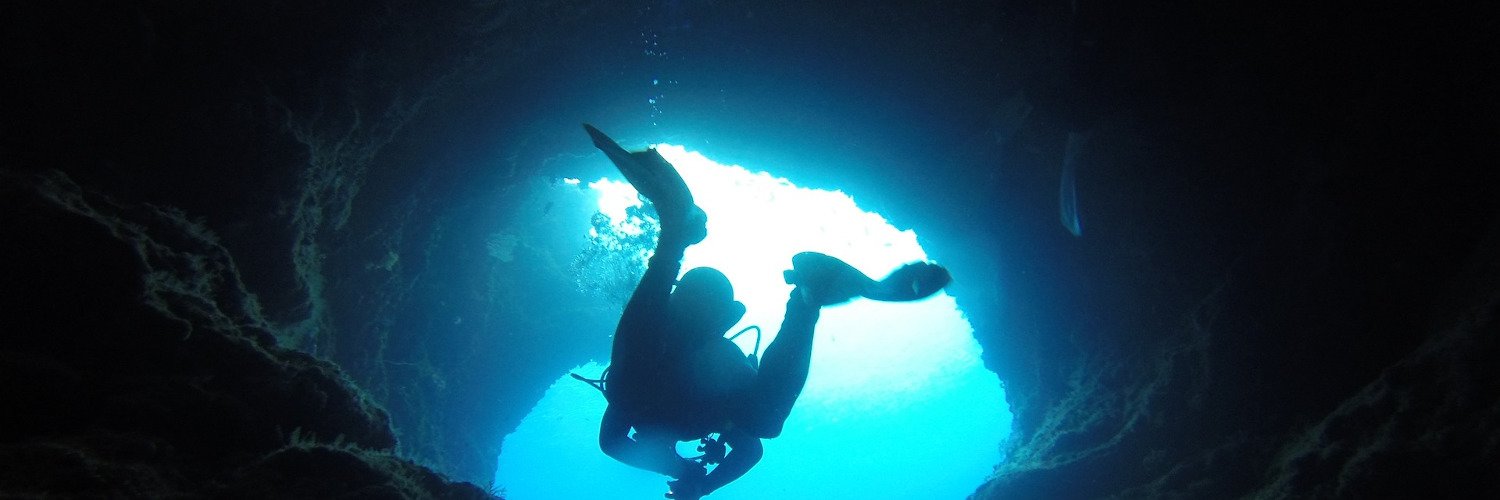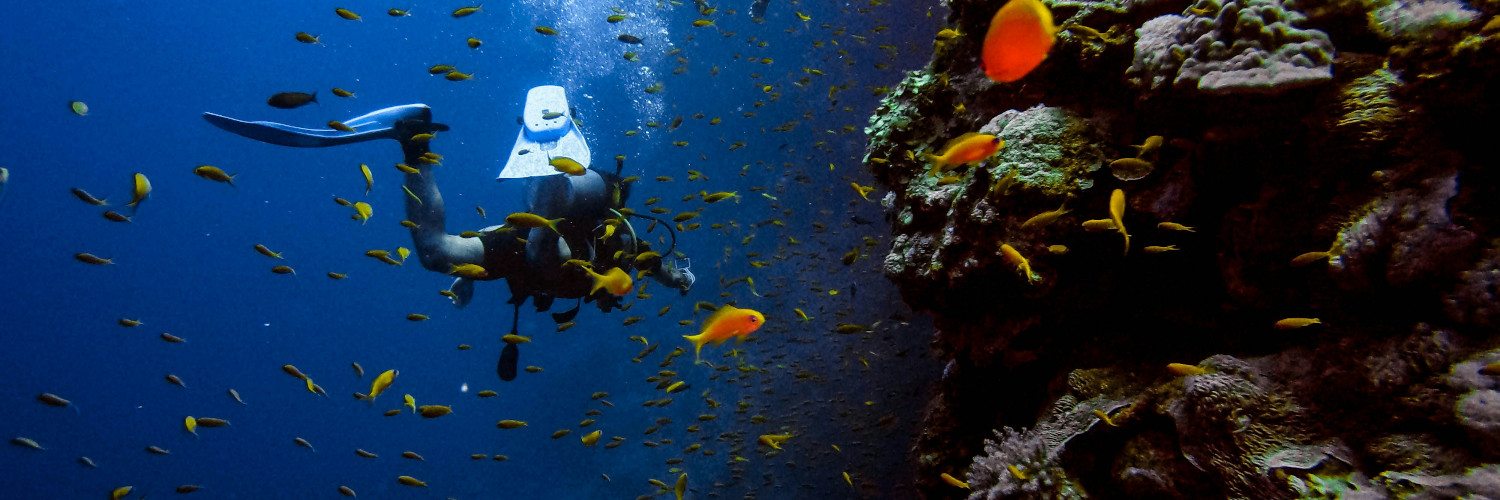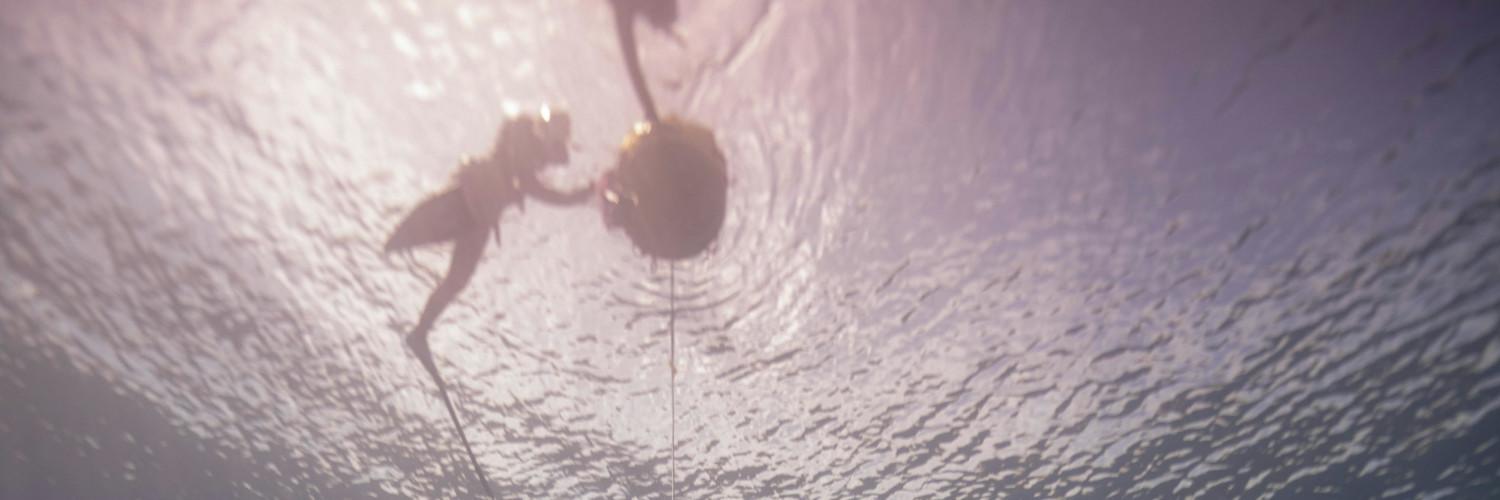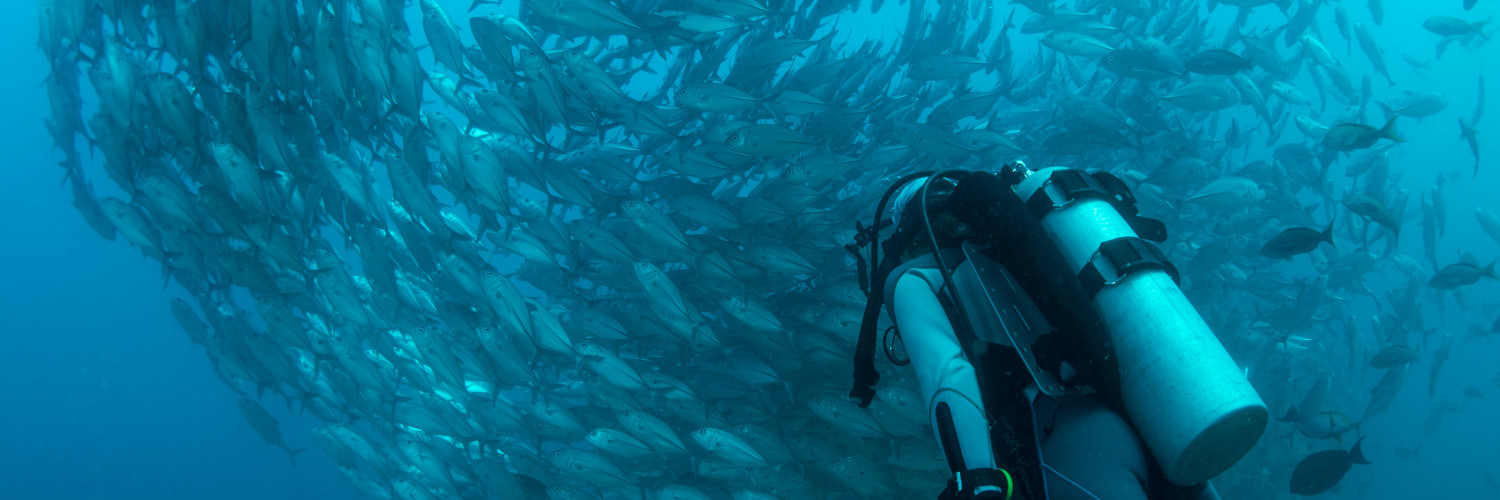Scariest Scuba Dives: Exploring the World’s Most Intimidating Depths
Scuba diving offers unparalleled access to a world teeming with marine life and submerged mysteries, yet certain underwater locations are renowned for dialing up the intensity to create an adventure like no other. These destinations are celebrated not only for the beauty and wonder they present but also for the formidable challenges and hair-raising conditions they pose to divers. Each dive site has its own unique set of attributes, from the dark, foreboding waters of Egypt’s “Diver’s Cemetery” to the shark-congested regions of Australia’s oceanic wilds.
The allure for divers at these terrifying dive spots is multifaceted. Some seek the adrenaline rush that comes from navigating through treacherous underwater terrains or encountering some of the ocean’s most formidable predators. Others are drawn to the historical intrigue of wrecks like the President Coolidge in Vanuatu, which sank during World War II and now lies as a testament to history on the ocean floor. This combination of natural challenges and historical depth adds a rich layer to the scuba diving experience.
Understanding and respecting these extreme scuba environments is crucial, as they can push divers to their limits. Divers are not only visiting an underwater world that is inherently alien to humans—a realm where one must rely entirely on their equipment and training to breathe and navigate—but they are also stepping into locations that demand a higher level of skill and nerve. These scuba destinations are not for the faint-hearted, but for the seasoned adventurers, they offer some of the most unforgettable underwater experiences on the planet.
World’s Most Challenging Scuba Dives
The allure of exploring the depths is met with significant challenges at these dive sites where advanced divers navigate deep blue holes, shipwrecks, intricate tunnels while mindful of the risks that come with high-pressure environments and complex underwater terrain.
Egypt’s Blue Hole
Located near Dahab, Egypt’s Blue Hole, also known as the Diver’s Cemetery, is a renowned but perilous dive spot. Divers brave its deep cylindrical body of water that opens up to a large tunnel, known as “The Arch,” lying at 56 meters deep. The appeal of its deep blue waters is equally matched by the dangers due to changes in pressure and the maze of tunnels.
Chuuk Lagoon
Chuuk Lagoon in the Federated States of Micronesia is a hotspot for wreck diving enthusiasts. It houses an impressive fleet of sunken ships, planes, and military relics from World War II. These historical remnants, an adrenaline-inducing exploration, are dwarfed by the site’s depth and the challenges of navigating the decaying wrecks.
Samaesan Hole
In Samaesan Bay, Thailand, the Samaesan Hole reaches depths of over 80 meters. The site is known for its strong currents and poor visibility. Divers seeking the thrill of this deep dive must be cautious of the busy shipping lane above and the potential for explosive remnants in this former military dumping ground.
Cenote Esqueleto
Cenote Esqueleto, near Tulum, Mexico, offers an eerie cave diving experience. Known as the “Temple of Doom,” this site challenges divers with its sudden drop-offs into darkness and a labyrinth of underwater passages. Tight tunnels require total buoyancy control and a calm demeanor to navigate.
The Shaft Sinkhole
In Mount Gambier, Australia, the Shaft Sinkhole presents one of Australia’s most challenging cave dives. Divers enter through a confined space in a field to access this underwater cavern. The dive is a spine-chilling journey through crystal clear waters that offers views of ancient fossil beds, truly a dive for those with an adventurous spirit.
Encountering Marine Life
Scuba diving offers a unique opportunity to observe marine life in its natural habitat. The encounters divers have with such creatures can range from awe-inspiring to adrenaline-pumping. Safety and respect for wildlife are paramount.
Sharks and Predators
Sharks often top the list of marine animals that arouse curiosity and fear among divers. The tiger shark, known for its fearsome reputation, is one such predator that divers may encounter. They are impressive in size and are known for their distinct stripes which resemble a tiger’s pattern. These sharks are generally found in tropical and temperate waters and are considered a highlight for many thrill-seeking divers. Encounters should be conducted with caution, maintaining a safe distance at all times.
Sea snakes, with their potent venom, also demand respect and caution. Although typically not aggressive toward humans, their ability to deliver a lethal bite makes an encounter with them both thrilling and risky.
Reef Dwellers
The reef ecosystem is bustling with a diverse array of marine life, with many species that are less intimidating than large predators, yet still captivating.
Moray eels, recognizable by their elongated bodies and fearsome teeth, are a common sight in reef crevices. Divers should watch them from a distance as they can be territorial and may bite if provoked.
Octopuses are often spotted camouflaged within the reef. They are known for their intelligence and ability to change both color and texture.
Among the more docile creatures, sea turtles are a delight to encounter. They glide gracefully through the water, often allowing divers to approach closely.
Divers might also come across jellyfish, which should be admired from a distance due to their stinging tentacles, capable of delivering painful, sometimes dangerous stings.
Each of these reef dwellers plays a crucial role in the marine ecosystem, and observing them can be a highlight for divers who approach with care and respect for their environment.
Physical Challenges and Dangers
Scuba diving presents a variety of physical challenges and dangers, from navigating strong currents to managing the complications of cold water and dealing with low visibility environments that can disorient even experienced divers.
Dealing with Strong Currents
Strong currents pose a significant challenge to divers. They can affect buoyancy control, increase exertion, and swiftly carry a diver away from the intended dive site. Divers must be adept at reading water conditions and possess the strength to swim against the current if necessary. Situations where divers encounter unexpected strong currents require calm and strategic thinking to conserve energy and oxygen while finding a safe path back to the entry point or a secure location.
The Cold and the Deep
Diving in cold water introduces risks such as hypothermia, where the body’s core temperature drops dangerously low. In response to cold temperatures, a diver’s body works harder to maintain heat, which can lead to quicker exhaustion and increased air consumption. Additionally, deeper dives increase the risk of nitrogen narcosis, a condition where nitrogen affects the brain at higher pressures, causing impaired judgment and coordination. Divers also must be wary of the bends (decompression sickness), where nitrogen bubbles form in the body during rapid ascent from the depths.
Handling Low Visibility
Low visibility underwater can result from various factors, including stirred-up silt, plankton blooms, or simply being in areas like underwater caves. Divers in such conditions must rely on their other senses and dive training to navigate. Orientation can become challenging, increasing the risk of losing track of the dive buddy or the dive line. Divers must use caution to avoid disorientation and potential collisions with unseen obstacles or encounters with hazardous marine life. Operative dive lights and following standard protocols are essential in ensuring safety in such environments.
Dive Preparation and Safety Measures
Scuba diving carries inherent risks, and it is imperative for divers to adhere to strict safety protocols. Proper training and preparation are the cornerstones of a safe scuba diving experience, especially when diving in environments that present unique challenges such as darkness, complex navigation, or proximity to hazardous materials.
Pre-Dive Training
Before venturing into open water, scuba divers must receive proper training from certified instructors. This training should include understanding how to use scuba gear, mastering buddy breathing techniques for emergency situations, and learning how to manage potential panic underwater. Specialized courses are advisable for those aiming to undertake night dives or explore deep-sea wrecks where visibility is limited and hazards such as bombs, mines, or sunken waste from World War II may be present.
Navigational Skills
Navigating underwater is a vital skill for scuba divers. They should be able to use compasses and natural landmarks to orient themselves, especially during a night dive when visibility is low. Divers should be trained to return to the dive boat or exit point without getting lost. Clear communication signals and predefined plans are essential for effectively leading or following a dive group.
Emergency Protocols
Divers must be well-versed in emergency protocols, including how to manage air supply issues, what to do if they or their buddy gets lost, and the steps to take if one experiences panic. Emergency response should be practiced in safe, controlled environments, to prepare for real-life situations. Cave divers and those engaging in free diving should have specialized rescue training suited to those particular environments. It’s crucial that divers always have access to up-to-date emergency contact information and know the location of the nearest medical facilities.
Responsible Scuba Diving Practices
Responsible scuba diving practices are essential in maintaining the delicate balance of the ocean’s ecosystems and respecting the underwater world. Divers have the immense privilege of exploring marine environments, but it is their duty to do so with environmental awareness to ensure they leave minimal impact.
Safety First: A scuba diver should always follow established safety protocols. Diving with a trained buddy and following the buddy system is crucial. Divers should avoid open water diving after scuba diving on the same day to prevent nitrogen buildup in the blood, which could lead to decompression sickness.
Environmental Considerations:
- Avoid Direct Interaction: Contact with marine life should be avoided to prevent disrupting their natural habitat.
- Sustainable Transportation: Opt for eco-friendly transport methods to dive sites, such as electric boats, or if possible, swim from the shore.
- Eco-Conscious Dive Centers: Choose dive centers that demonstrate a commitment to the environment, such as having docks built to minimize coral damage.
| Principles of Eco-Friendly Diving | Description |
|---|---|
| Minimize Disturbance | Maintain buoyancy to avoid touching the seabed or coral. |
| No Souvenirs | Leave shells and marine life undisturbed; do not take anything. |
| Responsible Waste Management | Ensure trash is properly disposed of; never litter in the ocean. |
Scuba divers must also engage in continuous education to stay informed on the latest practices for ocean conservation and safe diving. With confident and knowledgeable adherence to these guidelines, scuba divers can enjoy the thrills of the deep while acting as stewards of the underwater world they admire.





